Fate, at first so amenable, so reasonable, so open to negotiation, ends up by exacting a cruel revenge for happiness
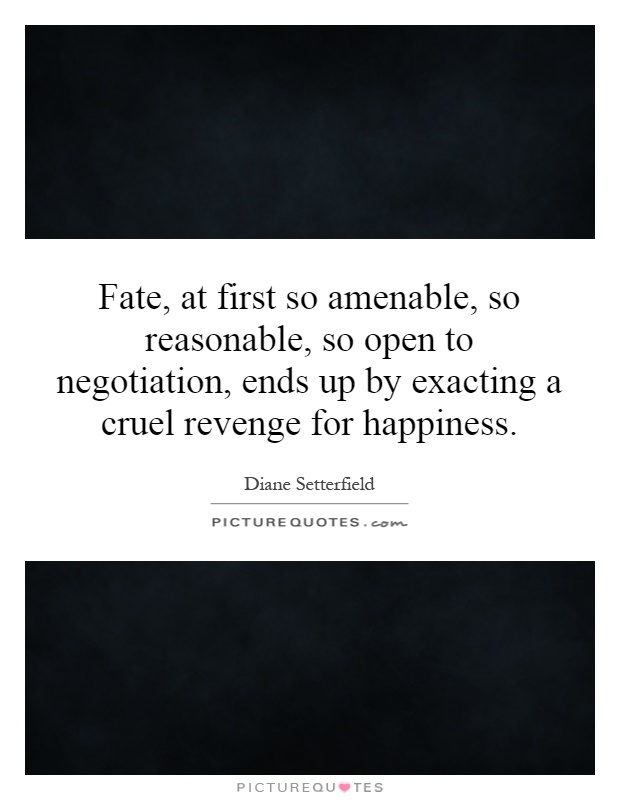
Fate, at first so amenable, so reasonable, so open to negotiation, ends up by exacting a cruel revenge for happiness
In the world of Diane Setterfield's novels, fate is a powerful force that often plays a central role in the lives of her characters. In her works, fate is portrayed as initially amenable and open to negotiation, giving the impression that individuals have some control over their own destinies. However, as the stories unfold, it becomes clear that fate is ultimately inescapable and can exact a cruel revenge for any happiness that is achieved.One of Setterfield's most famous works, "The Thirteenth Tale," explores the idea of fate and its impact on the lives of the characters. The protagonist, Margaret Lea, is drawn into the mysterious world of the famous author Vida Winter, who has a dark and tragic past that has been shaped by fate. As Margaret delves deeper into Vida's story, she uncovers the ways in which fate has played a cruel role in shaping the author's life, ultimately leading to a tragic and heartbreaking conclusion.
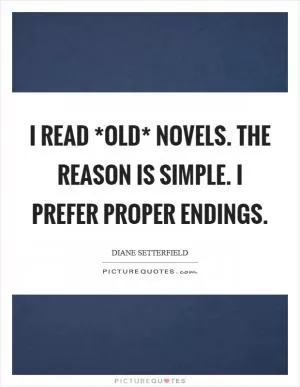
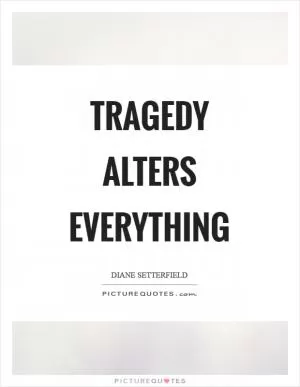
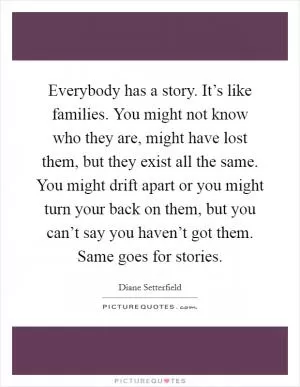



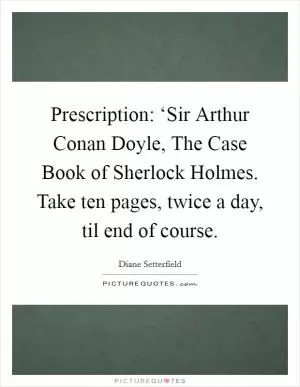





 Friendship Quotes
Friendship Quotes Love Quotes
Love Quotes Life Quotes
Life Quotes Funny Quotes
Funny Quotes Motivational Quotes
Motivational Quotes Inspirational Quotes
Inspirational Quotes